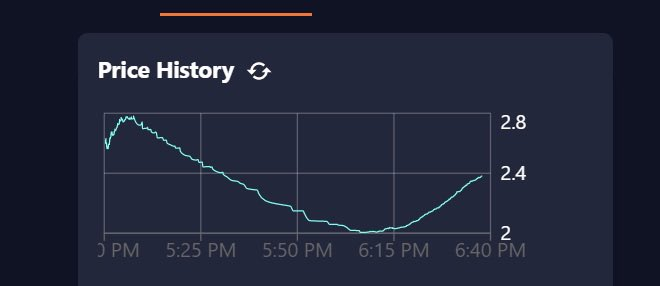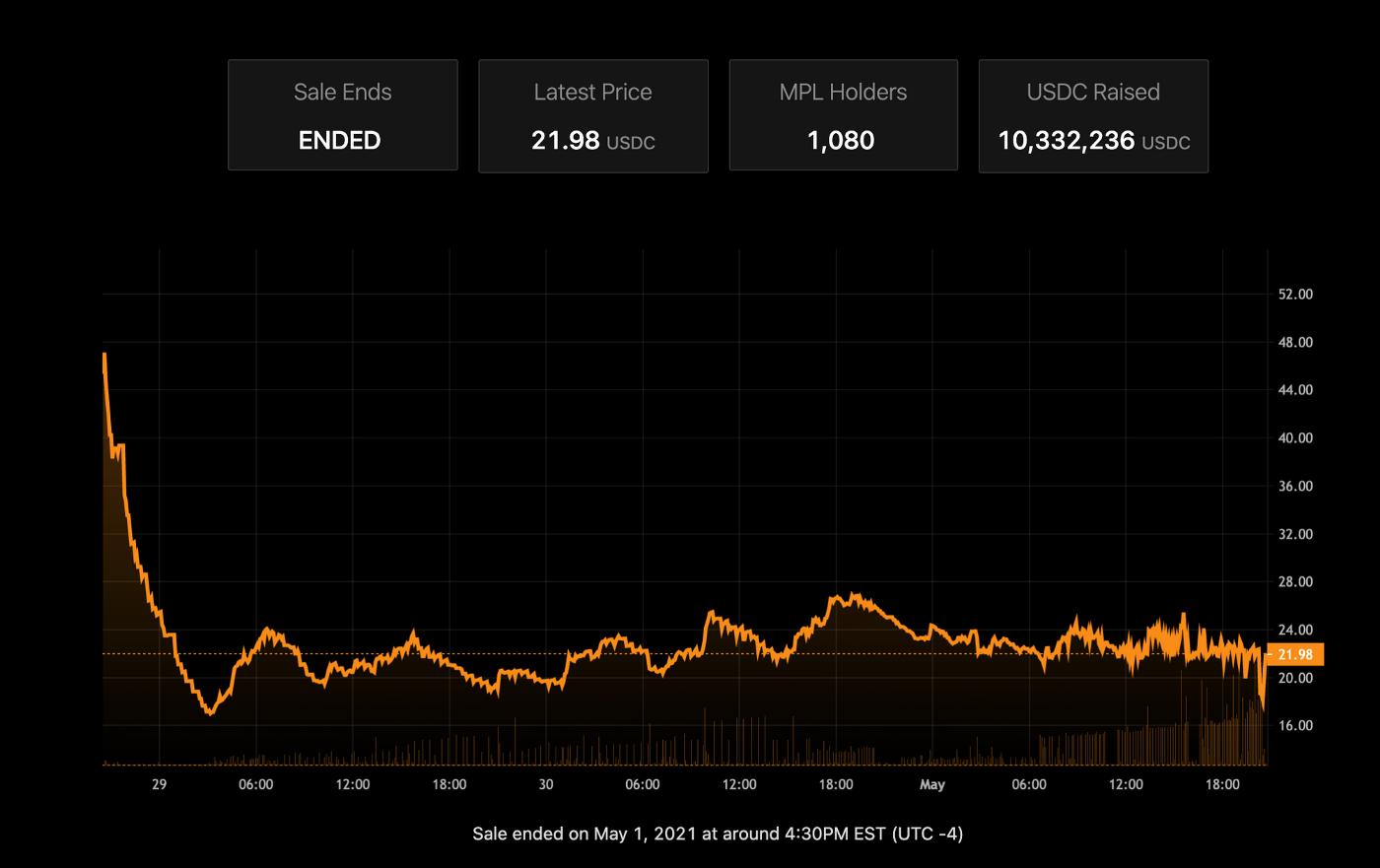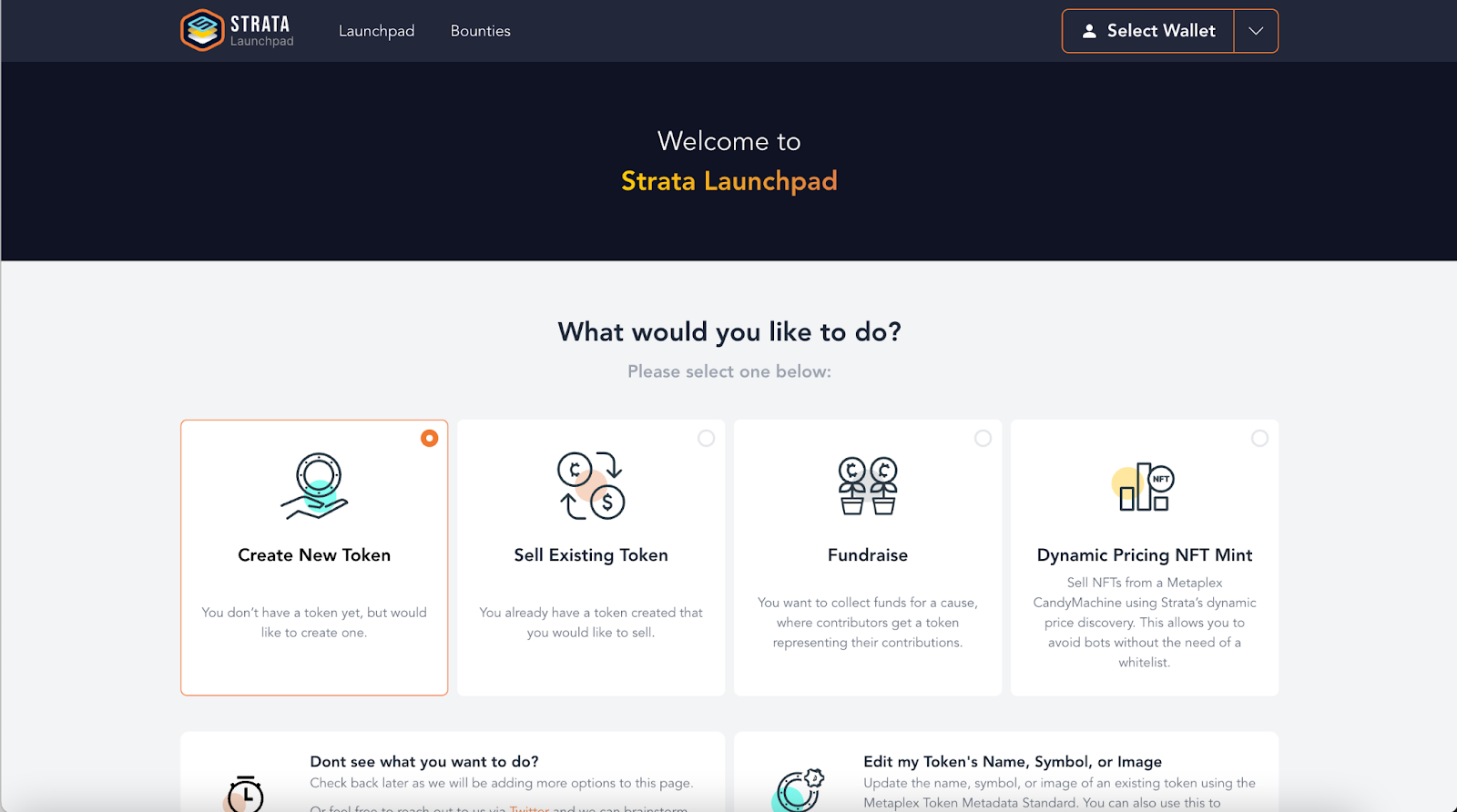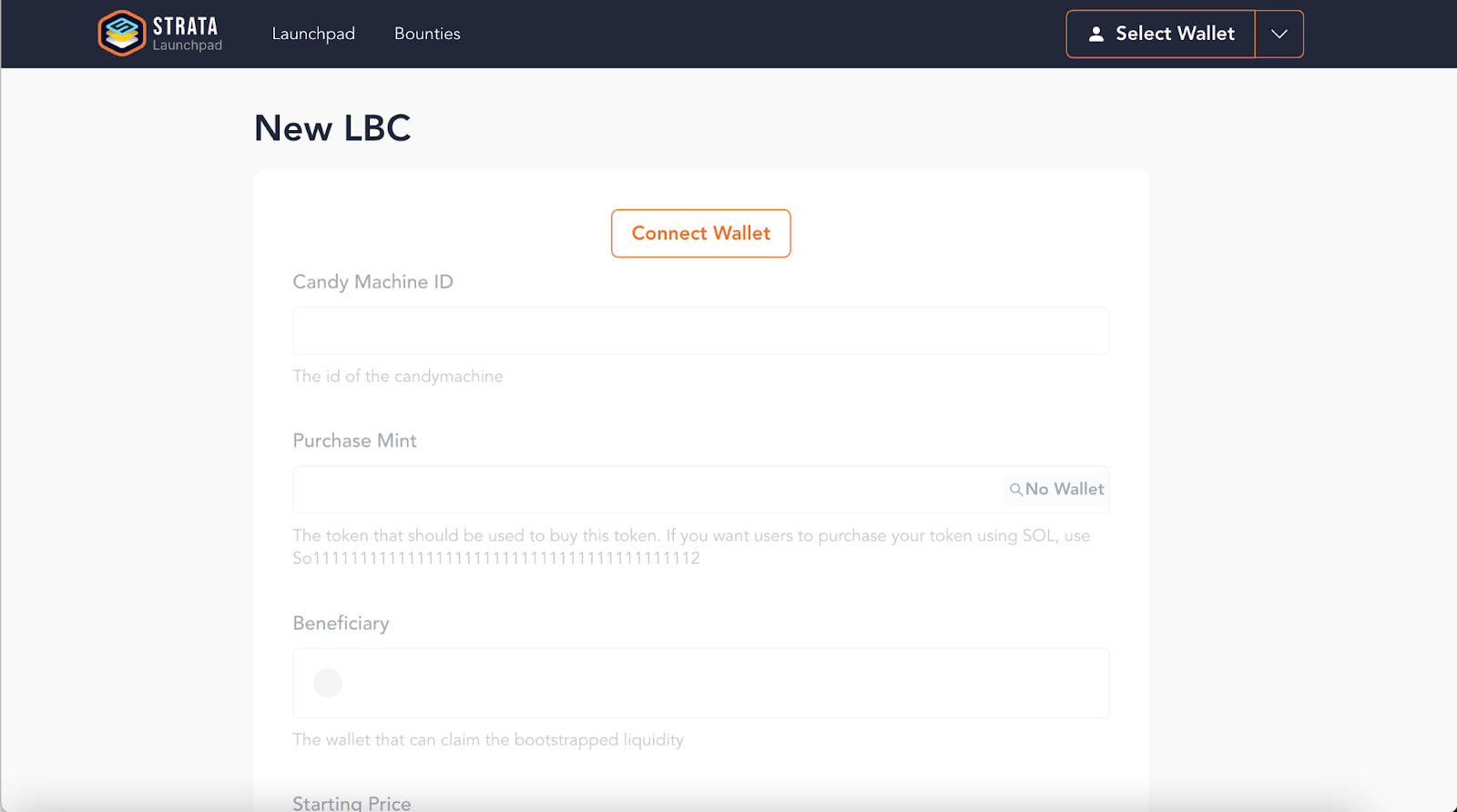
How to Deter Solana Mint Bots with Dynamic Pricing Mints
Written by Alchemy
Strata Protocol is a collection of tools for creating NFTs and SPL tokens that make it easy for NFT projects and creators to safely launch NFTs with protection against bots, and launch social tokens without having to worry about the complexities of managing liquidty.
In this article we will explain the challenge that NFT bots create, previous mechanisms for combatting bots, and how Strata Protocol's new Dynamic Pricing Mint tool in conjunction with Candy Machine v2, one of many NFT tools created by Metaplex, is a promising solution to Solana's NFT bot problems.
What are Solana mint bots?
Solana mint bots are automated software programs that attempt to mint as many NFTs as possible as soon as a new NFT project launches. Unlike a human user who mints one NFT at a time, bots call Solana programs (i.e. smart contracts) directly to mint many NFTs consecutively.
The problem with NFT bots on Solana are multiple:
Bots exclude honest participants
Bots degrade the network
NFTs minted by bots are often sold back immediately at a higher price
While all blockchains suffer from bots, Solana especially suffers from NFT bots due to the low gas fees and high transactions per second. Bots can call the Solana programs multiple times to mint NFTs at the mint price rapidly, with a trivial gas penalty for failed transactions.
Comparatively, NFT bots on Ethereum cause gas prices to spike which has more economic penalties from trying to automate the mint process.
What are solutions to Solana mint bots?
Solana developers have introduced numerous fixes and new protocols to combat bots including Metaplex's Fair Launch Protocol (FLP), and captcha setting among others.
Fair Launch Protocol (deprecated)
Developed as a social trust experiment in late 2021, the Fair Launch Protocol (FLP) attempted to protect the NFT community from bots by allowing creators to set a range of prices for NFTs and minters would then bid on NFTs within that range.
FLP has a three-phase lottery process to determine minters:
Buyers set the mint price they were willing to pay
The "Fair" price was determine by the median price
Buyers willing to pay the "Fair" price were entered into a lottery
The first phase is buying a lottery ticket within a day of the FLP launch date. Users can pay whatever price they believe the collection’s NFT is worth. That price for the ticket must fall within the range set by the collection creator.
In the second phase, FLP calculates the median price of tickets purchased. Then, it offers that median price as the final price of each NFT in the collection. Users who bought tickets can now accept or reject the offer, either paying the price difference or getting a refund.
In the last phase, NFTs are distributed to the users who accepted the price offer. If demand exceeds the collection’s total supply, FLP randomly selects the lucky receivers. This “lottery” happens off-chain, and the NFTs were delivered on a pre-set delivery date.
Unfortunately, the Fair Launch Protocol proved to be a game-able solution during the Degenerate Trash Pandas mint in November 2021. While the mint price range was set to 0.1 and 10 SOL, all buyers coordinated to only pay 0.1 SOL for the tickets. Eventually, the collection minted at 0.1 SOL and showed that, when buyers know the range, they have the ability to self-organize to aggregate bids at the lower bound of the range.
Candy Machine v2
In the widely anticipated release of Candy Machine v2, one feature stood out to prevent NFT bots: Captcha settings. By adding a Captcha (Completely Automated Public Turing test to tell Computers and Humans Apart), NFT collections created with Metaplex's Candy Machin v2 could force only captcha-passed addresses to mint. This effectively prevents bots as they are incapable of completing sophisticated captchas like matching images to an object name.
In particular, CM v2’s configuration included the gatekeeper setting that “enables captcha verification for users before minting.” Creators could use existing captcha services like Civic to seamlessly provide captcha services for human users.
While this solution is now widely adopted and proven effective to some degree, there still exist gameable components. For example, blackhat Solana developers can build NFT minting tools to circumvent captchas and mint with bots. There have been multiple NFT projects that built such tools including Cyber Keys and Solana Research Labs.
CM v2 has no measure against advanced bots that can complete or bypass captchas. If the captcha is bypassed, NFT bots can exploit the mint especially because the NFTs have a constant mint price (a restriction of CM v2).
What is Strata's Dynamic Pricing Mint tool?
Strata's "Dynamic Pricing Mint" prices NFT mints based on supply-and-demand using a Liquidity Bootstrap Curve where the starting NFT mint price begins high and gradually declines over time if no one buys the NFT at that price. Each time an NFT is purchased, the price increases.
Strata's Dynamic Pricing Mint mechanism enables a natural price discovery process: as the mint price goes down, demand increases, and where supply and demand converge is the NFT's fair price according to the market.
Since the NFT mint price changes based on buying behavior, NFT bots can’t simply mint all of the NFTs at once or they will be charge premiums for each additional NFT they try to mint.

What is a Bonding Curve and Liquidity Bootstrapping Curve (LBC)?
A bonding curve “sets the price of a token relative to the supply of that token,” and allows users to buy and sell tokens without liquidity providers, whereas a Liquidity Bootstrapping Curve (LBC) allows NFT creators to “bootstrap liquidity by selling tokens with a dynamic price discovery mechanism.”
Bonding Curves and Liquidity Bootstrapping Curves are the two core innovations behind Strata's Dynamic Pricing Mint tool, and enable NFT developers to safely launch NFT projects with protections against bots.
Bonding curves are most notable in Automated Market Makers, like Uniswap where users can buy and sell new tokens from a pool of liquidity without a matching engine to match buyers and sellers. Instead, the price of a token is determined relative to the supply of that token. The more assets purchased from a liquidity pool, the more each additional token costs.
A Liquidity Bootstrapping Curve (LBC) is an existing idea similar to Balancer’s Liquidity Bootstrapping Pools (LBP), where prices start high, decrease over time, and increases with every new purchase.

These two innovations build a framework for Strata’s ultimate solution against NFT bots: Dynamic Pricing Mints.
How to Launch a Dynamically Priced NFT with Strata's Launchpad
Strata provides an intuitive way for NFT creators to use Dynamic Pricing Mints for their tokens. Before you start building your dynamically priced NFT mint, you will first need to create a Candy Machine for your NFT project.

After you created your Candy Machine and have your Candy Maching ID (CMID), visit the Strata Launchpad and select “Dynamic Pricing NFT Mint."
Next, fill out the form to create a Liquidity Bootstrapping Curve for your NFT drop.
Once created, the LBC will automatically connect to the existing Candy Machine and provide a token mint, which will dynamically set the price for the NFT minting.

For a complete tutorial on how to launch a dynamically priced NFT mint with an allowlist using Strata and Candy Machine, watch Strata's tutorial on YouTube.
Protect Your Community from NFT Bots
NFT bots can permanently damage an NFT project. Because of how much work is required to successfully create an NFT project, from building an authentic community, to designing NFTs, and creating utility, using Strata Protocol's Dynamic Pricing Mint tool can help protect your team and collectors.

Related overviews
A deep dive into the architecture that powers Solana and why it matters for devs.
Compare 13 top Solana wallets 2025. Secure SOL storage for DeFi, NFTs & staking. Hardware, mobile & browser.
Explore the best Solana RPC node providers on the market.

Build blockchain magic
Alchemy combines the most powerful web3 developer products and tools with resources, community and legendary support.